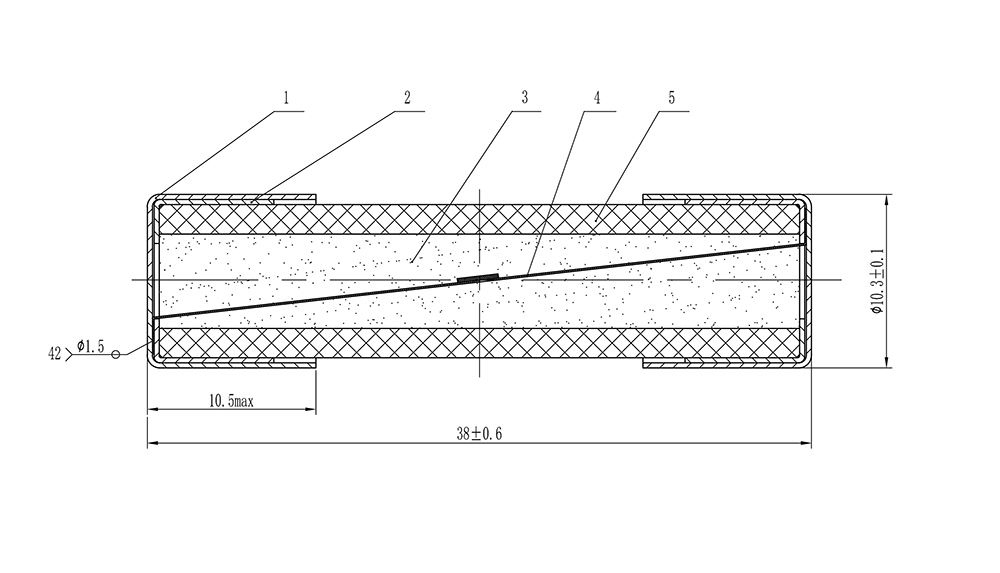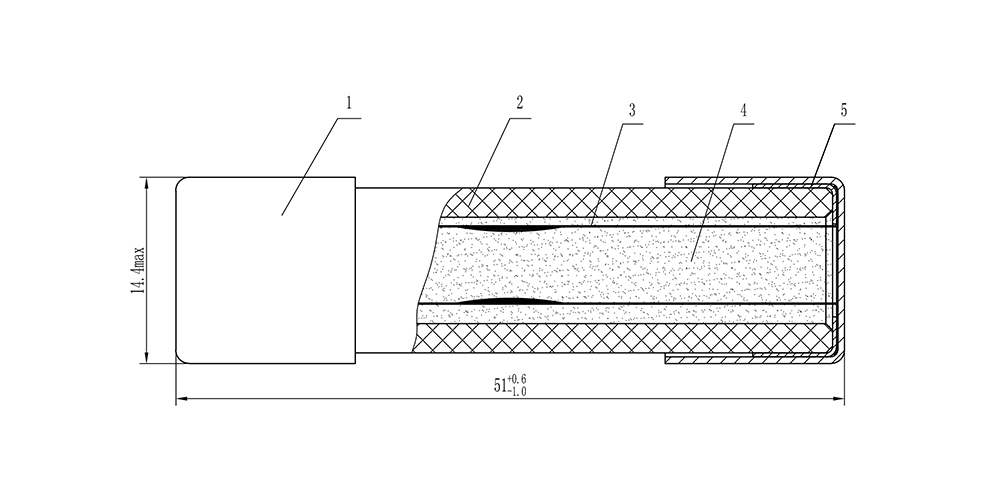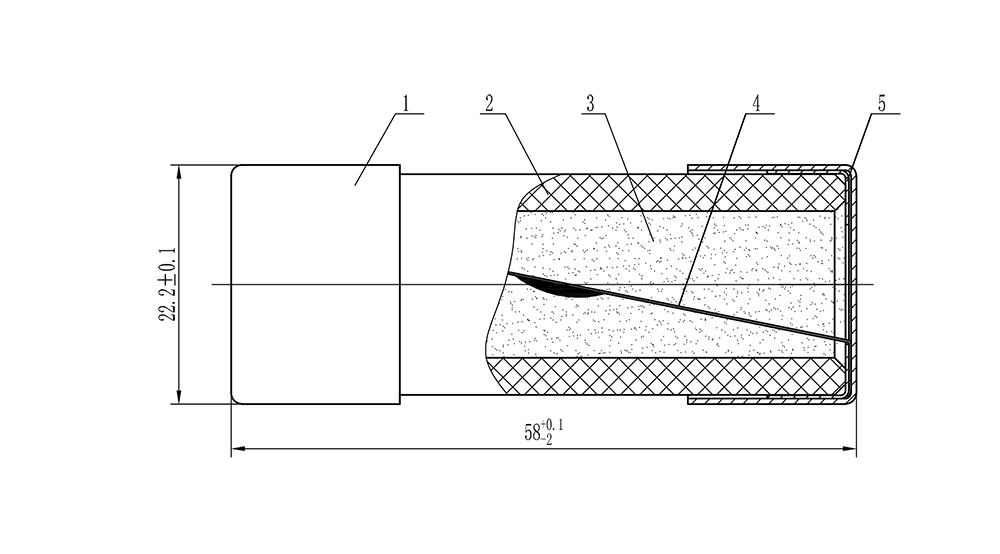What are the competitive barriers in the fuse industry?
The fuse industry, like any other industry, may face competitive barriers that can impact market dynamics and the success of players within the industry.
Some potential competitive barriers in the fuse industry include:
1.Established brand recognition: Established brands with a long history of delivering reliable and high-quality fuse products may have a competitive advantage over newer or lesser-known brands. Brand recognition can influence customer loyalty, purchasing decisions, and market share.
2.Technological expertise and innovation: Companies that have significant technological expertise and innovation capabilities in fuse design, manufacturing, and testing may have a competitive edge.
Advanced fuse technologies, such as fast-acting fuses, high-voltage fuses, and specialized fuses for specific applications, can provide a unique selling proposition and differentiation in the market.
3.Manufacturing capabilities and economies of scale: Companies with efficient and cost-effective manufacturing capabilities, as well as economies of scale, may have a competitive advantage. Larger manufacturers may benefit from economies of scale in raw material procurement, production, and distribution, which can result in cost advantages over smaller competitors.
4.Intellectual property protection: Patents, trademarks, and other forms of intellectual property protection can create competitive barriers by preventing competitors from replicating or using proprietary fuse designs, technologies, or brand names. Companies with strong intellectual property portfolios may have an advantage in terms of product differentiation and market exclusivity.
5.Distribution networks and customer relationships: Established distribution networks and customer relationships can be significant competitive barriers.
Companies with an extensive distribution network and well-established relationships with customers, such as electrical contractors, wholesalers, and OEMs (Original Equipment Manufacturers), may have a competitive advantage in terms of market reach and customer loyalty.
6.Regulatory compliance and certifications: Compliance with industry standards, regulations, and certifications, such as UL (Underwriters Laboratories), IEC (International Electrotechnical Commission), and other regional or international standards, can be a competitive barrier.
Meeting these requirements may require significant investments in product testing, certification processes, and ongoing compliance efforts, which can be challenging for smaller or less established companies.
7.Customer switching costs: Fuse customers may face switching costs, such as requalification or retesting requirements, when changing suppliers, which can create a competitive barrier. Companies that have strong customer relationships, technical support, and reliable customer service may be able to retain customers and deter them from switching to competitors.
It’s important to note that competitive barriers can vary depending on the specific market segment, geographic region, and customer requirements within the fuse industry. Companies operating in the fuse industry need to carefully assess and address these competitive barriers to remain competitive and succeed in the market.





